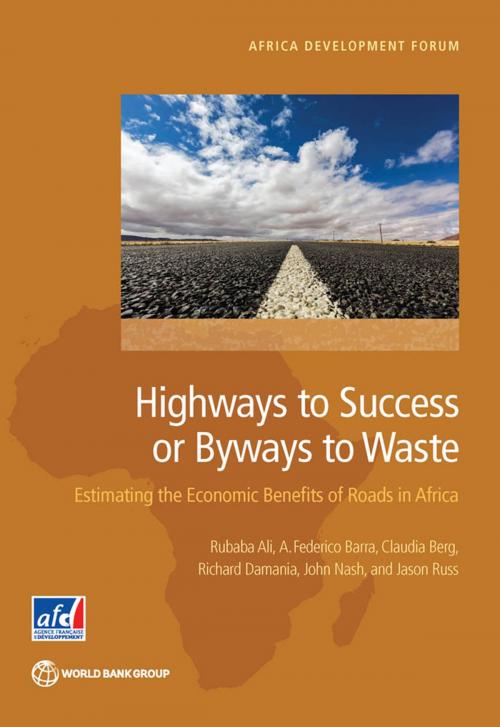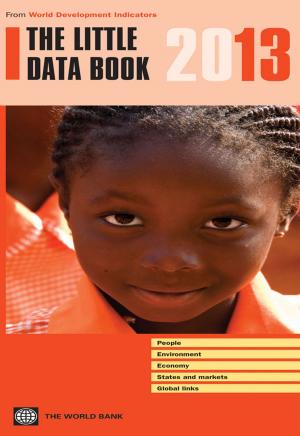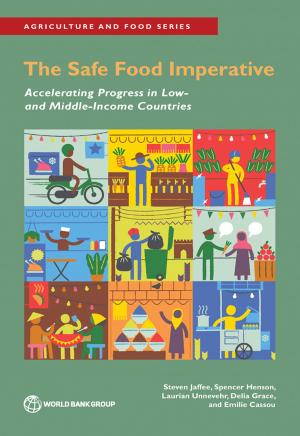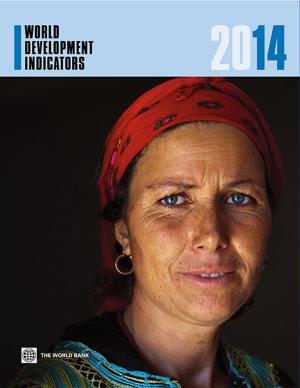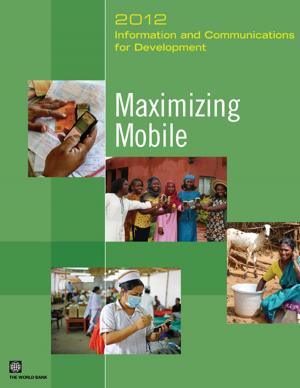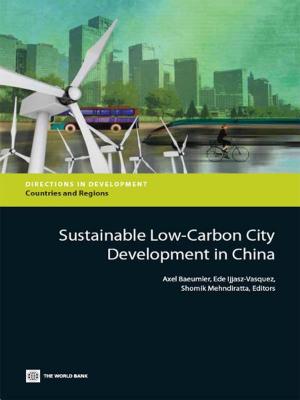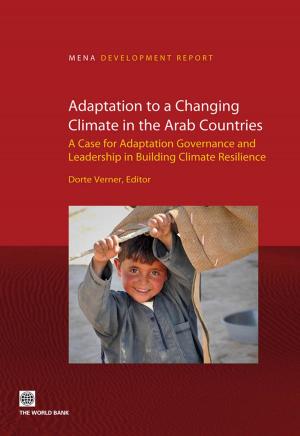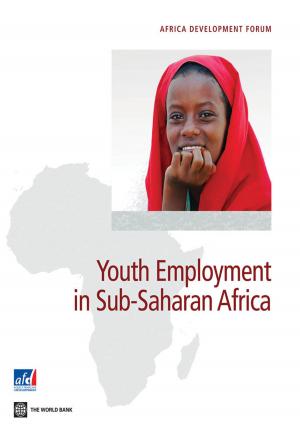Highways to Success or Byways to Waste
Estimating the Economic Benefits of Roads in Africa
Business & Finance, Economics, Sustainable Development, Economic Development| Author: | Rubaba Ali, A. Federico Barra, Claudia Berg, Damania, John Nash, Jason Russ | ISBN: | 9781464806568 |
| Publisher: | World Bank Publications | Publication: | September 30, 2015 |
| Imprint: | World Bank Publications | Language: | English |
| Author: | Rubaba Ali, A. Federico Barra, Claudia Berg, Damania, John Nash, Jason Russ |
| ISBN: | 9781464806568 |
| Publisher: | World Bank Publications |
| Publication: | September 30, 2015 |
| Imprint: | World Bank Publications |
| Language: | English |
Roads are the arteries through which the economy pulses. They connect sellers to markets, workers to jobs, students to education, and the sick to hospitals. Yet much of the developing world, Africa in particular, lacks adequate transportation infrastructure. Accordingly investments in transportation remain a cornerstone of the development agenda. Sub-Saharan Africa spends roughly $6.8 billion per year on paving roads, and the World Bank invests more on roads than on education, health, and social services combined. Despite the development focus on transportation, methodologies for evaluating which road projects to fund are often dis-jointed and unreliable. This report hopes to improve upon the current approaches by establishing a new methodology for prioritization which can be applied to a diverse set of scenarios, regions, and projects. This book demonstrates how modern econometrics and geospatial techniques can be combined to analyze the latest available geo-referenced datasets at the smallest possible scale to answer some of the most important questions in development. Uniquely this report attempts to shed light on some of the most profound puzzles in determining the impacts of roads and where to locate these. Does road infrastructure unleash a virtuous growth cycle? Is it advisable to improve roads in conflict prone zones? What is the effect of improving market access on farming practices? And what are the impacts of roads on forests and biodiversity? It is envisioned that the approach used in this book can be a reference guide to researchers from across the spectrum of international development, who are seeking new tools and insights into the many issues (technical and non-technical) of this important field.
Roads are the arteries through which the economy pulses. They connect sellers to markets, workers to jobs, students to education, and the sick to hospitals. Yet much of the developing world, Africa in particular, lacks adequate transportation infrastructure. Accordingly investments in transportation remain a cornerstone of the development agenda. Sub-Saharan Africa spends roughly $6.8 billion per year on paving roads, and the World Bank invests more on roads than on education, health, and social services combined. Despite the development focus on transportation, methodologies for evaluating which road projects to fund are often dis-jointed and unreliable. This report hopes to improve upon the current approaches by establishing a new methodology for prioritization which can be applied to a diverse set of scenarios, regions, and projects. This book demonstrates how modern econometrics and geospatial techniques can be combined to analyze the latest available geo-referenced datasets at the smallest possible scale to answer some of the most important questions in development. Uniquely this report attempts to shed light on some of the most profound puzzles in determining the impacts of roads and where to locate these. Does road infrastructure unleash a virtuous growth cycle? Is it advisable to improve roads in conflict prone zones? What is the effect of improving market access on farming practices? And what are the impacts of roads on forests and biodiversity? It is envisioned that the approach used in this book can be a reference guide to researchers from across the spectrum of international development, who are seeking new tools and insights into the many issues (technical and non-technical) of this important field.
